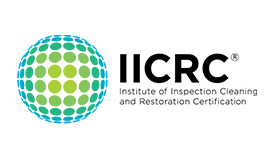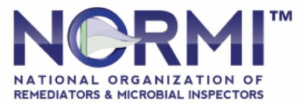Who We Are
All Types of Damage Mitigation
Our Successful History
Well Home Solutions has quickly become a leader in Florida for expertly mitigating fire, water, storm, and hurricane wind damage. Let our team of experts help you when disaster strikes.
We specialize in collaborating with insurance companies to ensure a smooth and effective resolution for every client. Trust us to help restore your peace of mind and property with precision and professionalism.
Read More About Us
Restore your home’s health with our expert mold damage mitigation services, ensuring a safe, mold-free environment in every corner of your Florida residence.
Restore your peace of mind with our expert fire and water damage restoration and mitigation services, tailored to quickly and effectively bring your Florida property back to its pre-damage condition.
Restore your peace of mind with our expert water damage repair and mitigation services, designed to quickly and effectively return your Florida property to its pre-damage condition.
Protect and restore your home with our expert hurricane damage mitigation services. From emergency repairs to preventative reinforcements, we help safeguard your property against Florida’s most powerful storms.
Strengthen your home against nature’s fury with our specialized hurricane and weather damage mitigation services, tailored for Florida’s unique climate.
Ensure your home has access to clean, safe water with our state-of-the-art water purification solutions. Our systems remove contaminants and improve water quality, providing your family with healthier, better-tasting water.
55+ Reviews
5-Star Rated
250++
Clients Satisfied With Our Services
200++
Project Completed By Our Service
How It Works
Follow 4 Easy Steps
Contact Emergency Support
Our team of experts isalways on call to help you as soon as disaster strikes.
Get Free Inspection
We will send you a specialist for your specific emergency type. Whether that is mold, fire, water, storm, hurricanee, or any other type of damage
Our Experts Get to Work
Our team gets right to work mitigating further damage and addressinging the root cause.
Get the Best of Our Services
We will invoice your insurance and work with them directly so you don't have to worry.
What We Offer
Available for 24/7 Emergency Service
Always prepared, always prompt: Well Home Solutions offers 24/7 emergency availability to ensure we're there when you need us most.
FAQs
Have questions?
What should I do immediately after discovering water damage in my home?
If you discover water damage, immediately contact Well Home Solutions for 24/7 emergency services. Turn off the main water supply if possible, and avoid using electrical appliances in affected areas to prevent further damage and ensure safety.
How does Well Home Solutions help with hurricane damage insurance claims?
Well Home Solutions works closely with your insurance company to streamline the claims process. Our experts document the damage thoroughly, provide detailed reports, and communicate directly with insurers to maximize your claim and expedite repairs.
Can mold be completely removed from my home, and how long does the remediation process take?
Complete mold removal is achievable with professional remediation techniques. The duration of the mold remediation process varies depending on the extent of mold growth and the areas affected, but Well Home Solutions ensures thorough treatment and prevention methods to keep your home mold-free.
Contact Us
Let's Talk About Your Next Project
Get Your Free Estimate
Well Home Solutions is Certified.
Need Financing?
We know it is not easy to cover the cost of a project for unexpected home emergencies. We can help!
Need more information? Call us at (305) 224-1666 to speak with one of our experts.










